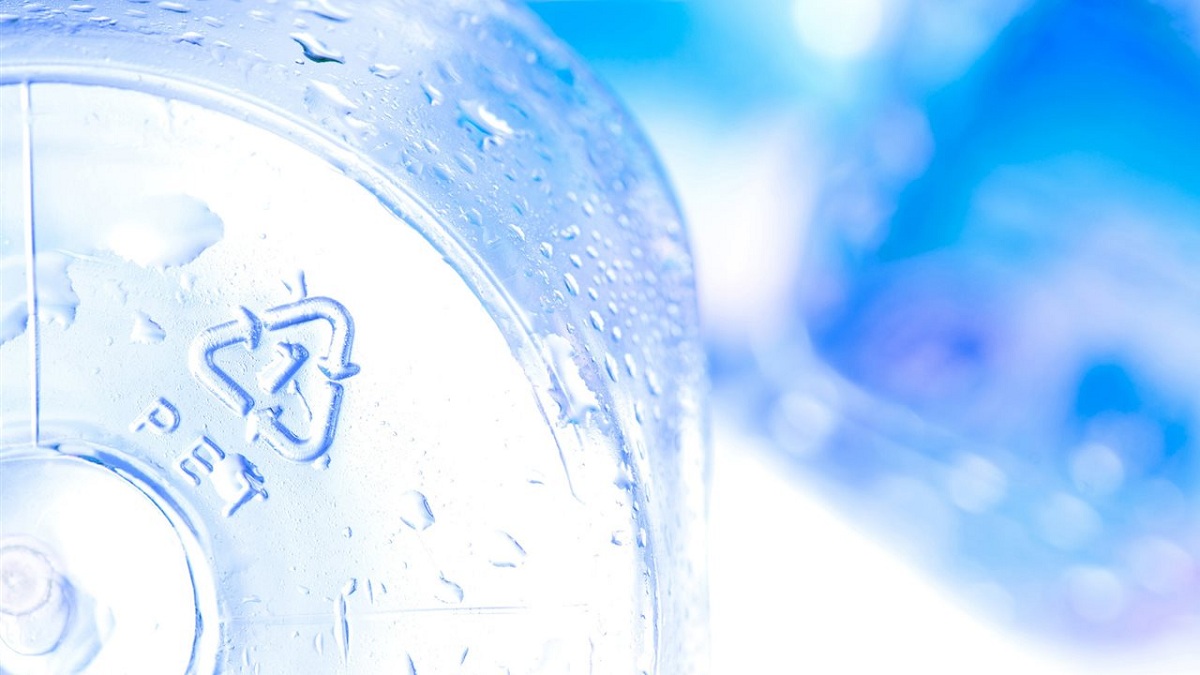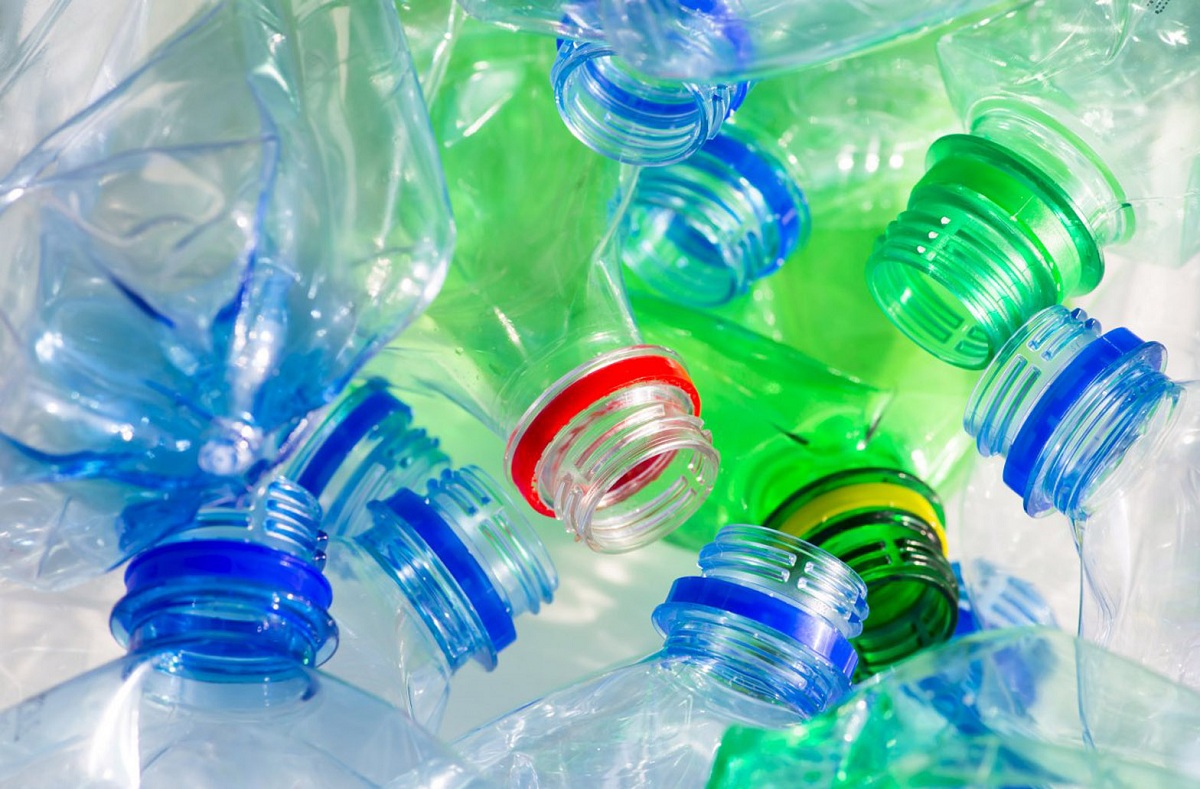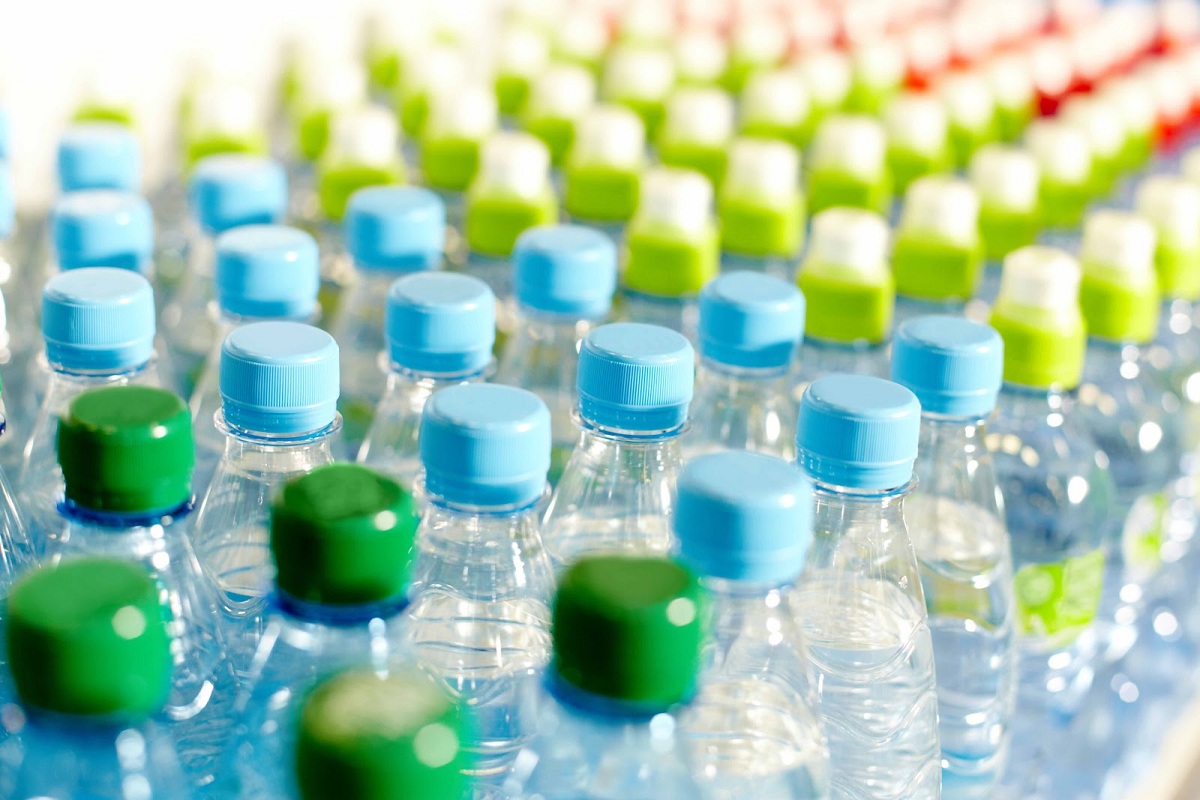
As we know, plastic pollution is a serious environmental problem on a global scale. Millions and millions of tons are dumped daily around the world. These plastics end up from the seas and rivers and pollute the environment. It also causes the death of thousands of animals that ingest them or are accidentally trapped. There are different types of plastics depending on the origin and the material from which they are made. Among all of them we have the PET plastics. They are considered friendlier plastics, but we must know that they are not completely harmless.
Therefore, we are going to dedicate this article to tell you all the characteristics, uses and problems with PET plastics.
What are PET plastics

This type of plastics is one that is formed with polyethylene terephthalate. This is where its acronym in English comes from. They are well known throughout the world since they constitute one of the most used recyclable elements on the planet. More and more products are packaged with these types of materials thanks to the qualities it has. They are unbreakable, inexpensive, lightweight, waterproof and recyclable plastics. This last point is quite interesting from an environmental point of view. We must bear in mind that plastics must be recyclable so as not to use more raw material.
As we know, worldwide the recycling rate is much lower than that of this waste dumping. Today it is easier to produce new plastics than to recycle old ones. All these advantages that PET plastics have makes it the best for recycling according to Greenpeace.
Problems of PET plastics

In the definition of PET plastics we have mentioned that they are truly harmless and easy to recycle. However, to this we must add an added problem. And it is that it has a long useful life. It takes approximately 700 years to degrade. Given its acceleration in demand and production, it is almost impossible that this waste does not end up as dumped in rivers and seas. In an ideal environment, humans would very well manage their waste along with an idyllic environmental awareness. We could use these plastics, recycle them and reduce the consumption of raw materials, reducing the environmental impact. But this is by no means a world with an ideal environment.
The interest of companies producing food, beverages and cosmetics in this material is very high. It is these industries that generate the vast majority of plastic's environmental impact. The production of plastic bottles based on this material uses large amounts of oil. It takes 24 million gallons to produce just 1.000 billion bottles. During the production of these bottles other substances that are toxic as well as heavy metals, chemicals and pigments that remain in the air are also used.
In other words, we not only have plastics that contaminate the environment during their degradation process or after industrial use, but we also have plastics that pollute the atmosphere during their production.
Disadvantages of its use

There are some downsides to using these plastics. Another part that encompasses the problem of PET plastics is its low recycling rate. This actually affects almost any type of plastics, as the overall recycling rate is very low. If we count the percentage that will be recycled from these containers with respect to those that are produced that very low proportions. And even if this recycled a high totality of the containers produced, production would not be significantly reduced. This is known because RPET (which is this recycled plastic) cannot be used in the manufacture of food or beverage packaging. If we want to use it for this purpose, a complex chemical process must be carried out that only a few recycling companies have implemented.
Another disadvantage that became a negative factor of these plastics is one that is not noticeable to the eye. And it is that in small particles, this material can become detached and floating in food. According to some studies, the consequences of the continued ingestion of these small plastic particles They range from respiratory conditions to problems in the development of the fetus in pregnant women.
Possible solutions
The question we ask ourselves is what we can do in this situation. To reduce the impact generated by PET plastics, we must start by encouraging their recycling by all the companies that are involved. Among these companies we have those that are packaging producers to those that are from industries that make food that is shipped with these materials.
Some of the reasons argued by those who recycle the locks and not the containers, this is a size that makes it difficult to collect for transport. This can be solved with the acquisition of small shredders that can be located in public and private spaces with great approval in urban centers. These shredding equipment helps reduce the size of waste and improve the collection and recycling process. One of these detonators has the ability to be able to store up to 2.000 large containers immediately as they are crushed into small flakes.
Using these shredders, the person who deposits the container, will have already carried out a better action for recycling. This is because the machine immediately processes these plastics and shreds them. This initiative would largely help the problem that exists with bottles that pollute beaches and other ecosystems since they were never recycled in the beginning.
Another action that can be taken to solve this problem is bottle-grade recycling. That is, it can be used again in life and food packaging. This would cause a decrease in demand from the source product. Already today in Colombia there are some companies that are dedicated to it.
Finally, environmental education plays a fundamental role in all this environment. Educating the little ones is the best idea for the future.
I hope that with this information you can learn more about PET plastics and their characteristics.
very good